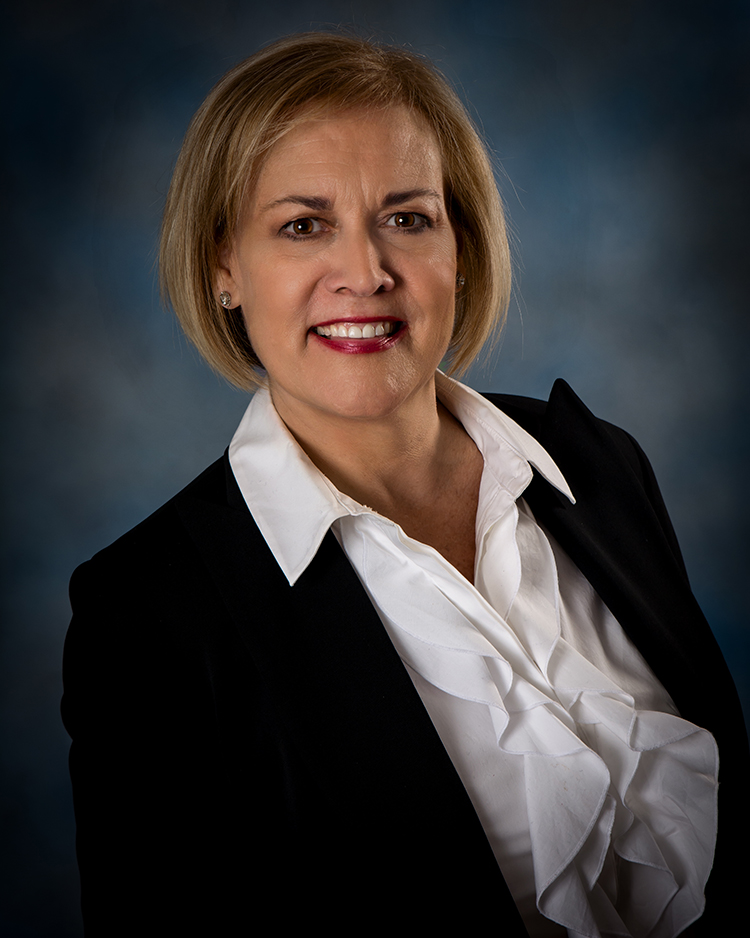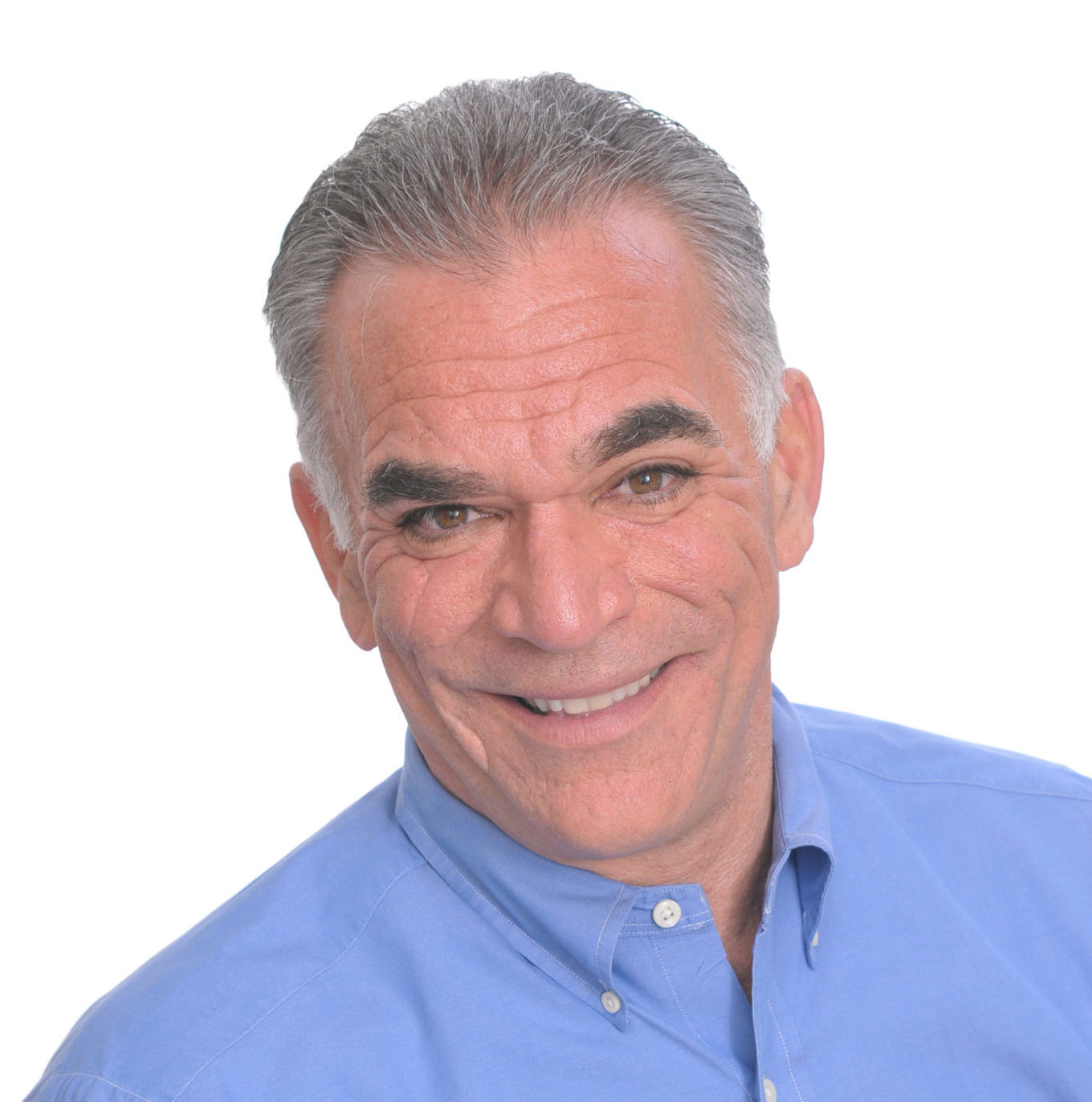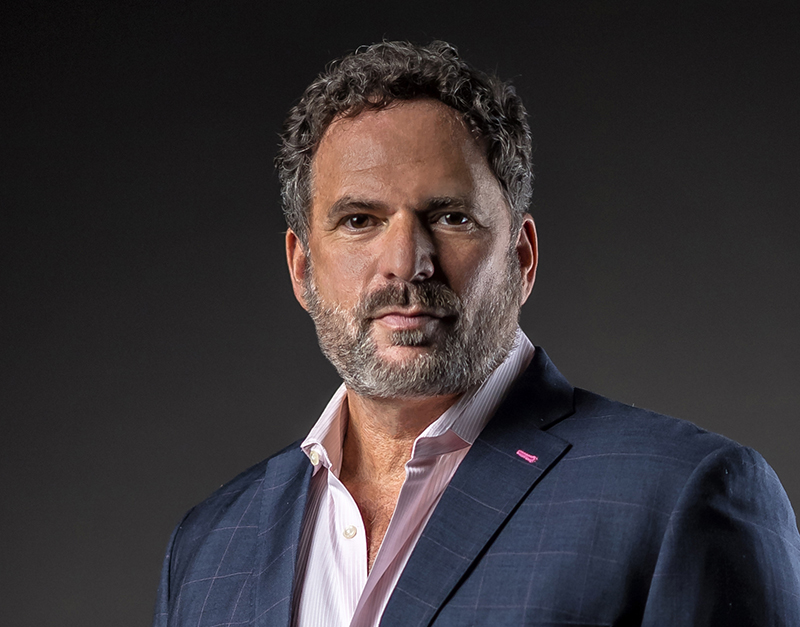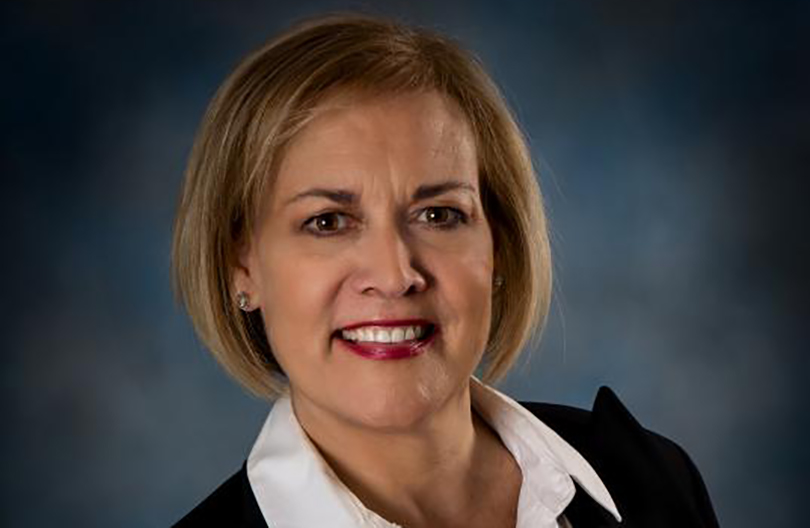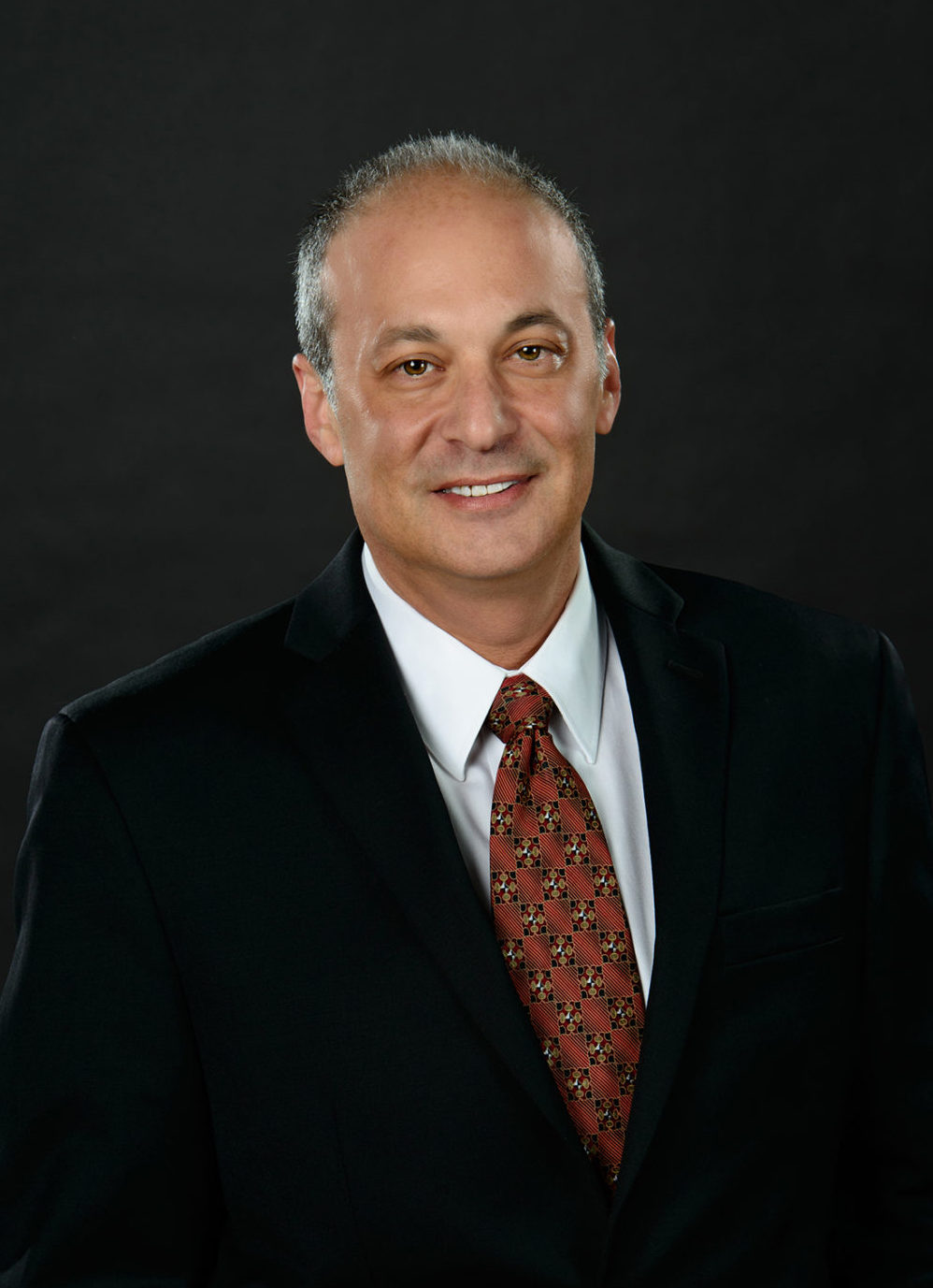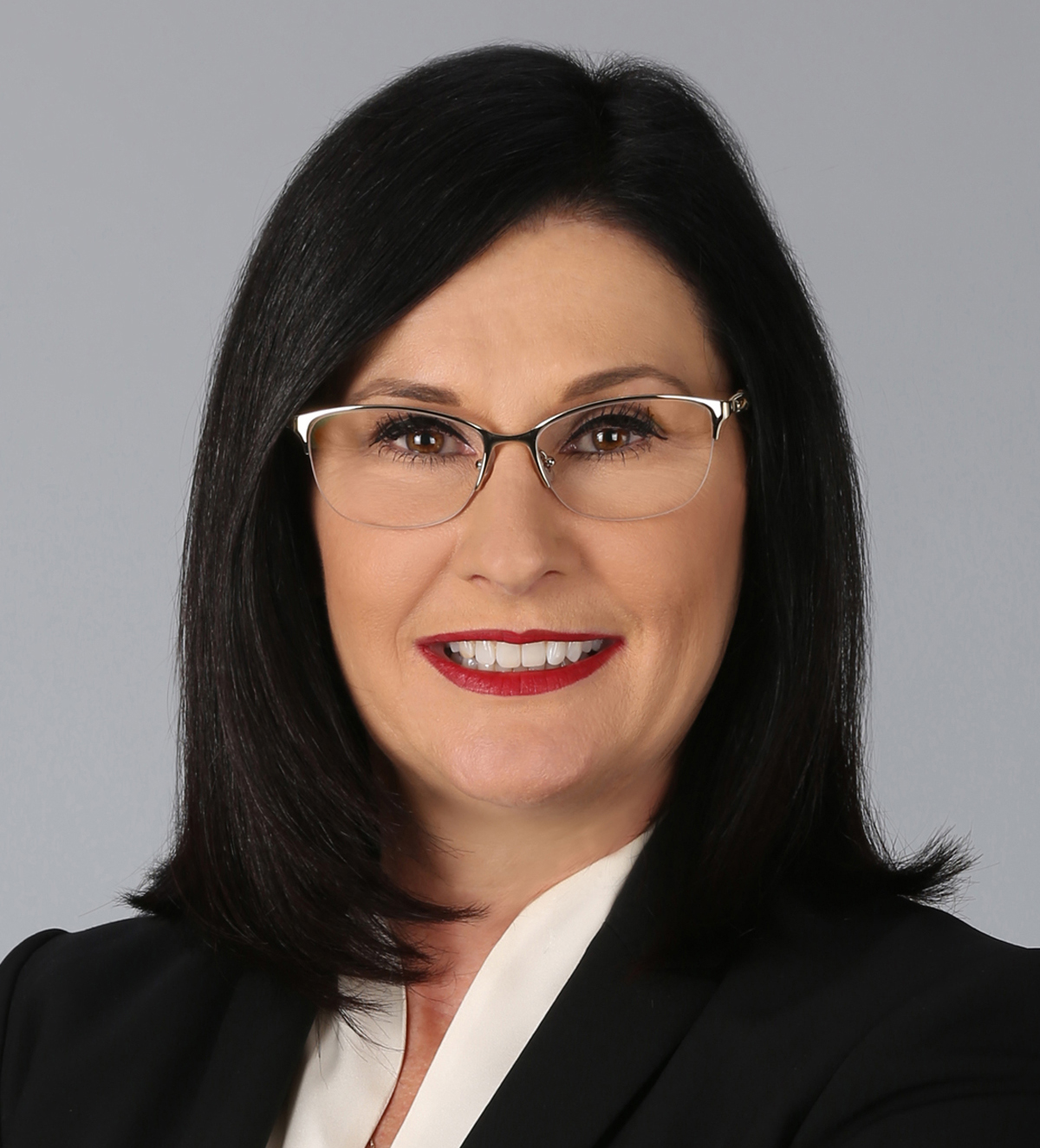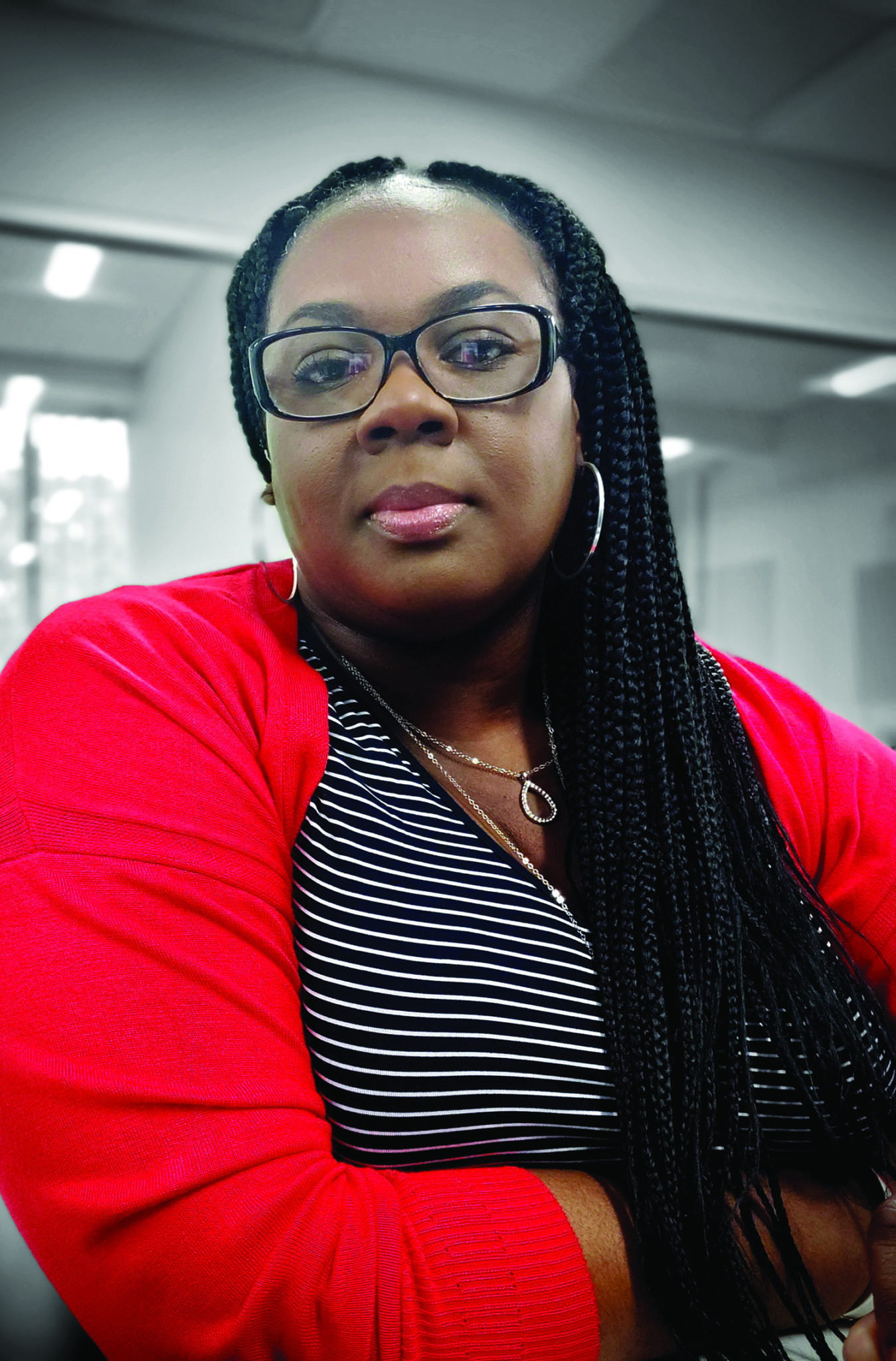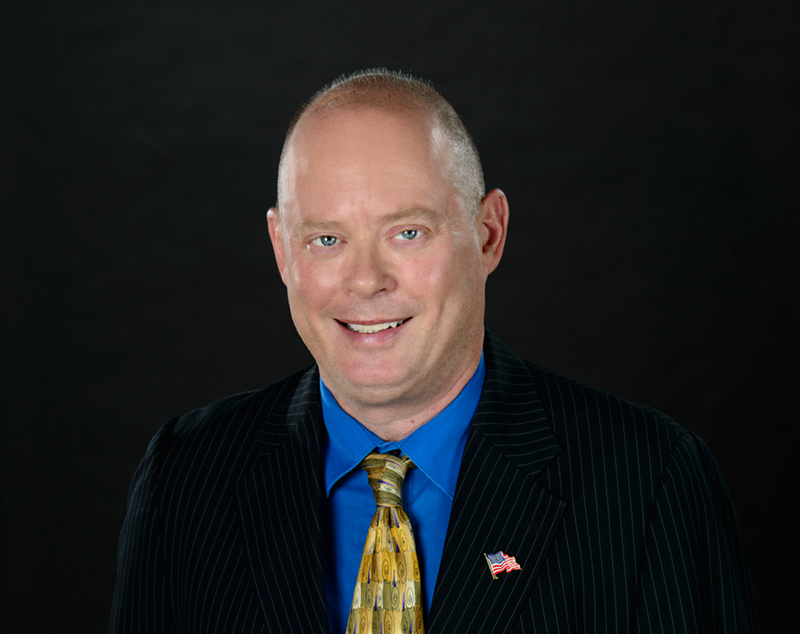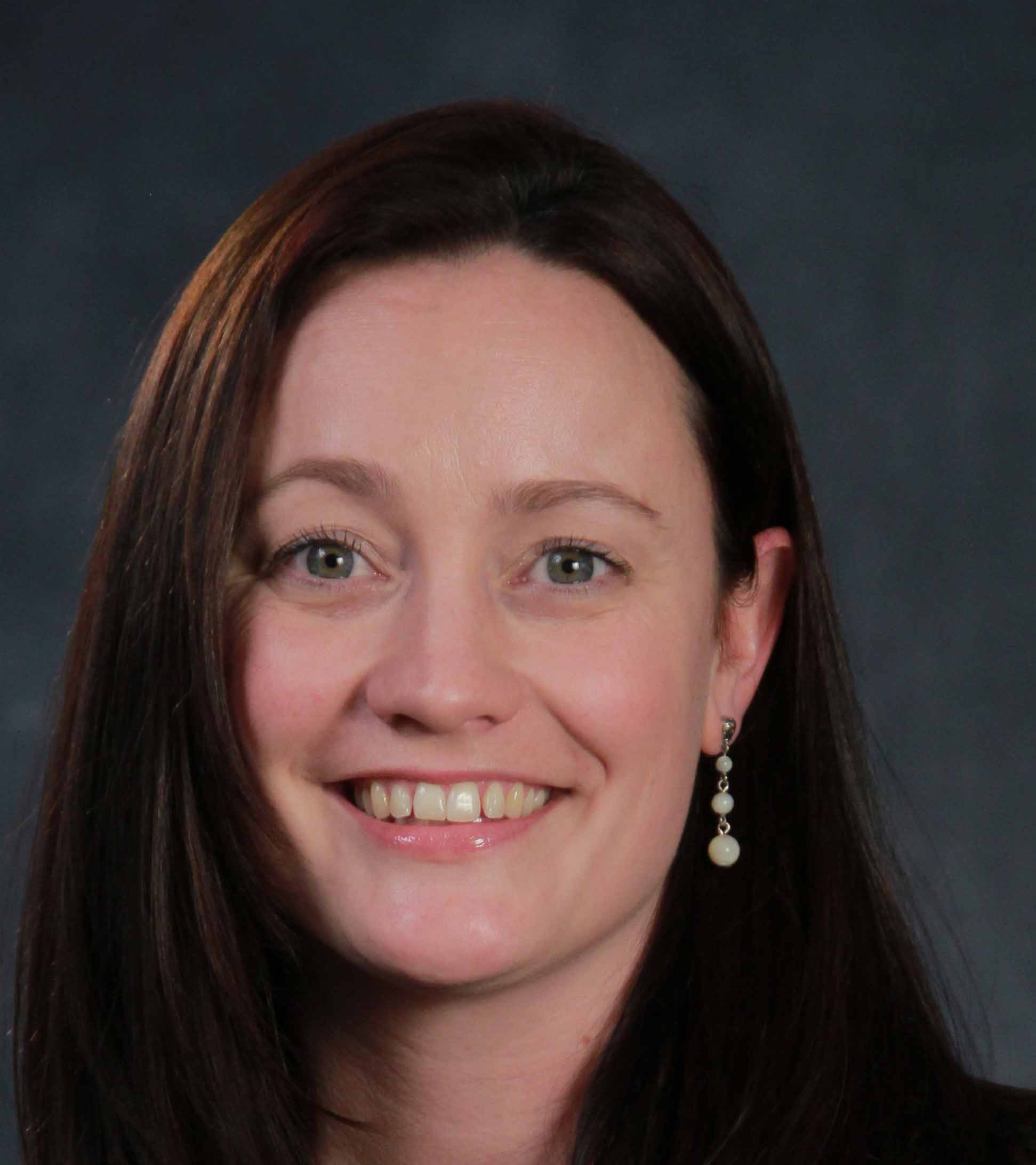Last month’s column talked about the first two steps in hiring a sales person: Identifying what an ideal candidate looks like for your organization and searching for the candidate. This month’s column will look at the final three steps: pre-qualifying the candidate, assessing the candidate for your organization and in-person interviewing
Pre-qualifying the candidate
This should be done on the phone and should take no more then 10 minutes. You should have questions ready to ask the candidate (the same questions you ask for all candidates), and they should be asked quickly and succinctly as to not allow them too much time to think. Their initial response is the best one because it comes from the gut.
If too much time is allowed, the candidate will be too concerned to answer “the correct way.” Once you have completed these few minutes on the phone, you will have a gut feeling that they either are or they are not “pre-qualified” to go to the next stage in the hiring process.
Assessing the candidate
At this stage in the process, the candidate has met your initial criteria and should be asked to take an assessment. You can use the assessment of your choice. (Assessments are one of the services I offer at Schulz Business.) An assessment should help you with the following factors:
Keep within the EEOC Guidelines for Hiring: Your process should have no adverse impact on any protected minorities – such as women, non-Caucasians, people over 40 years of age and handicapped persons. You should compile a pool of candidates to choose from, rather than just one or two people. You should also have more than one interviewer involved to keep the interview process objective.
Using a pre-employment “test” to assure objectivity: The test or tests must be reliable (you can depend upon the results to be accurate) and consistent in their findings, while showing no adverse impact on the protected minorities. The EEOC guidelines further suggest that if you use a test, the same test must be administered to all of the applicants. The test you choose should be both EEOC compliant and validated.
Assess the candidate using some sort of benchmark: I’m not saying to use your best salesperson as your benchmark! This mistake is very often made in organizations. Just because someone is doing well doesn’t mean that all of their characteristics are duplicable, nor should they be duplicated. You may have a top performer who has the ability to always hit his numbers, but this may be happening because of strong relationships built. Though that is important, it isn’t necessarily what you want or need in a new hire that needs to go out and “hit the pavement.” Whatever assessment or pre-employment test you use, please be clear about that detail.
Uncovering weaknesses that are hidden and can’t be picked up in the regular interview process: Some examples of these “hidden weaknesses” are the ability (or inability) to discuss money, having an overwhelming need to be liked, and the ability to recover after a feeling of rejection, just to name a few.
Interviewing in person
At this point in the hiring process, you should be able to concentrate on things like eye contact, hand shake, personality, bonding ability and the candidates” ability to ask you questions, not just letting you do all of the talking. You should also have a battery of questions that you are going to ask here, dependent upon the outcome of the assessment. It would be helpful if you had some questions to ask regarding the weaknesses that were exposed in the assessment to see how you feel about their problems with these issues.
As a reader of SFBW, if you send me an email requesting an assessment, I will arrange for one complimentary assessment. I would recommend assessing your best salesperson.?
Greta Schulz is president of Schulz Business and b2bSalesPlaybook.com. Contact her at greta@schulzbusiness.com or 561.745.8892.



